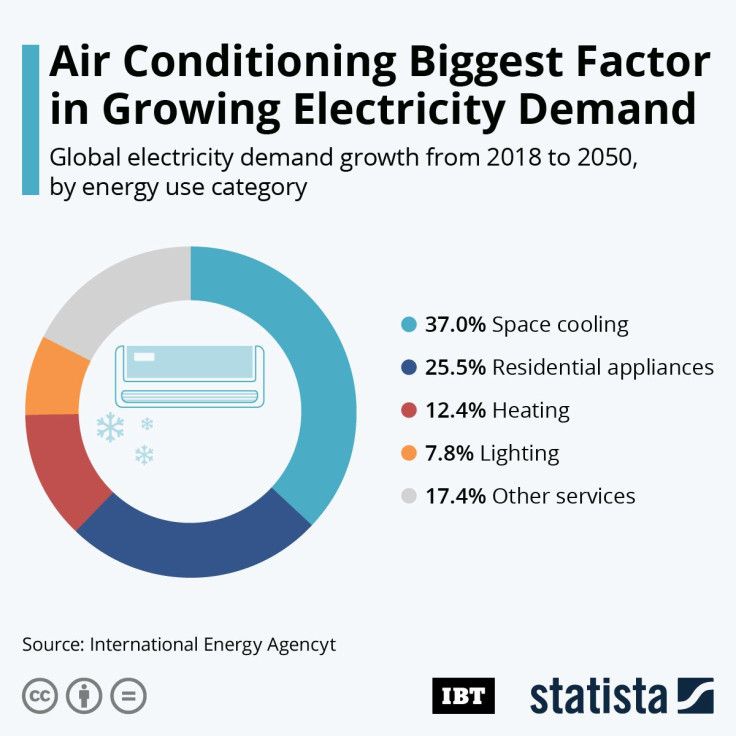Ultra White Paint Cools Building Without Air Conditioning, Sends Heat Into Deep Space [Video]
KEY POINTS
- Ultra-white paint can contribute greatly to reducing global warming
- It is also cheaper to produce than other similar materials
- It took the team of engineers from Purdue University six years to invent the ultra white paint
An ultra white paint developed by a group of engineers could cool off a building, possibly reducing the need for air conditioning. The paint works by sending heat away from Earth into deep space where it can circulate indefinitely at the speed of light.
Although a lot of work is still needed, the team of engineers envisioned a world where the white paint is applied to not just building interiors and exteriors, but also to roads, rooftops and cars. In this scenario, the ultra white paint could contribute greatly to reducing global warming.
The group of engineers from Purdue University said the white paint can keep surfaces up to 18 degrees Fahrenheit cooler than ambient surroundings. The white paint cools down temperature the same way with how a refrigerator does it, except that the white paint consumes no energy, the team explained in a paper published in the journal Cell Reports Physical Science.
“Your air conditioning kicks on mainly due to sunlight heating up the roof and walls and making the inside of your house feel warmer,” Joseph Peoples, co-author of the study and a Purdue Ph.D. student in mechanical engineering, said in a press release.
“This paint is basically creating free air conditioning by reflecting that sunlight and offsetting those heat gains from inside your house,” Peoples said.
The team claimed the white paint is even cheaper to produce than other already marketed paints that could reject heat. By calculations, it can save people a dollar per day from what they would normally spend on air conditioning for a one-story house that is as tall as 1,076 square feet.
Not only does their invented white paint cheaper but it can also reflect 95.5% sunlight. Other heat-rejecting paints can only reflect between 80% and 90% of sunlight.
To create the white paint, the team built on various attempts that date back to the 1970s where other scientists tried to develop radiative cooling paint as a possible alternative to air conditioning. It took the team of engineers from Purdue University six years to come up with this ultra white paint.
The team also tested more than 100 different material combinations but only chose 10 which they performed 50 different formulations. In the end, they made the ultra white paint with a formulation using calcium carbonate, a material compound found in rocks and seashells.

© Copyright IBTimes 2024. All rights reserved.





















